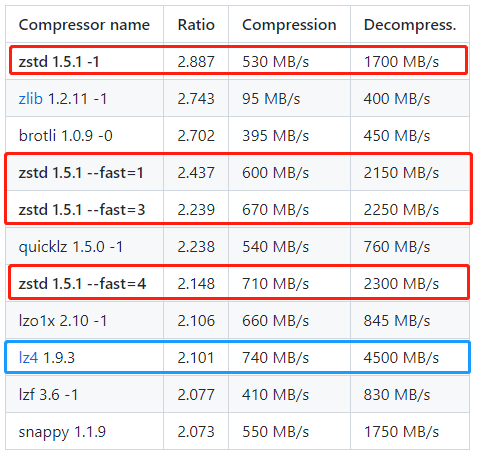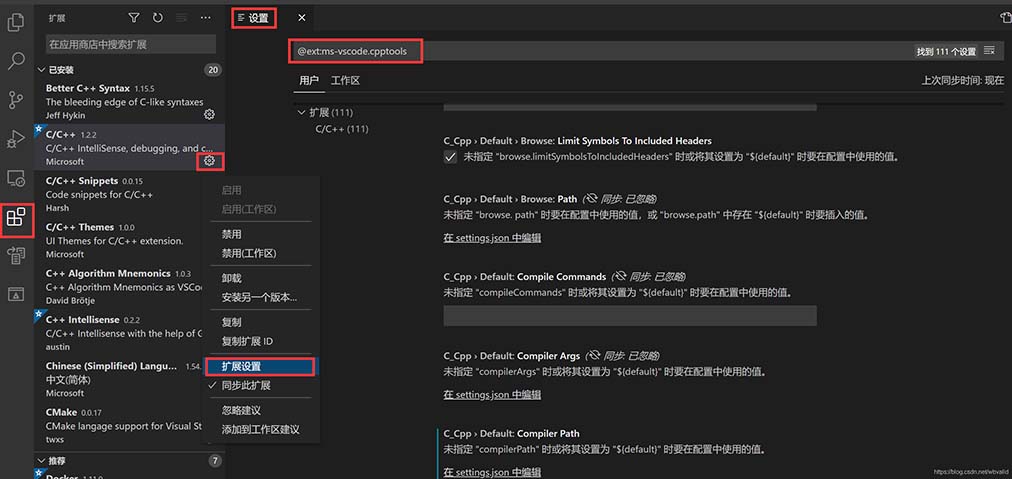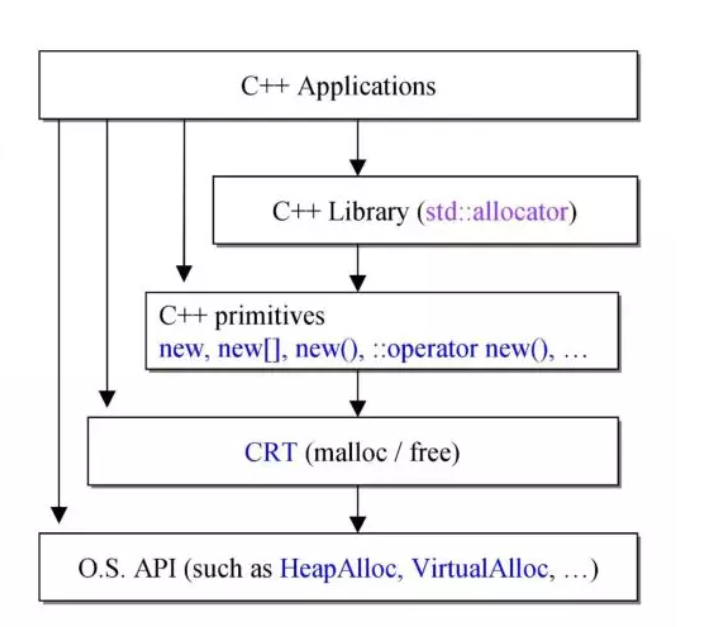list相较于vector来说会显得复杂,它的好处是在任意位置插入,删除都是一个O(1)的时间复杂度,下面这篇文章主要给大家介绍了关于C++中list的使用与模拟实现的相关资料,需要的朋友可以参考下
一、list的介绍以及使用
1.1 list的介绍
1、list是可以在常数范围内在任意位置进行插入和删除的序列式容器,并且该容器可以前后双向迭代(所谓的常熟范围内,就是时间复杂度为O(1))
2. list的底层是双向链表结构,双向链表中每个元素存储在互不相关的独立节点中,在节点中通过指针指向其前一个元素和后一个元素。
3. list与forward_list非常相似:最主要的不同在于forward_list是单链表,只能朝前迭代,已让其更简单高效。
4. 与其他的序列式容器相比(array,vector,deque),list通常在任意位置进行插入、移除元素的执行效率更好。
5. 与其他序列式容器相比,list和forward_list最大的缺陷是不支持任意位置的随机访问,比如:要访问list的第6个元素,必须从已知的位置(比如头部或者尾部)迭代到该位置,在这段位置上迭代需要线性的时间开销;list还需要一些额外的空间,以保存每个节点的相关联信息(对于存储类型较小元素的大list来说这可能是一个重要的因素)
这一段关于list的特性,需要能够与vector对比理解。
1.2 list的使用
1.2.1 list的构造
| 构造函数( (constructor)) | 接口说明 |
| list() | 构造空的list |
| list (size_type n, const value_type& val = value_type()) | 构造的list中包含n个值为val的元素 |
| list (const list& x) | 拷贝构造函数 |
| list (InputIterator first, InputIterator last) | 用[first, last)区间中的元素构造list |
#include <iostream>
#include <list>
using namespace std;
int main()
{
std::list<int> l1; // 构造空的l1
std::list<int> l2(4, 100); // l2中放4个值为100的元素
std::list<int> l3(l2.begin(), l2.end()); // 用l2的[begin(), end())左闭右开的区间构造l3
std::list<int> l4(l3); // 用l3拷贝构造l4
// 以数组为迭代器区间构造l5
int array[] = { 16,2,77,29 };
std::list<int> l5(array, array + sizeof(array) / sizeof(int));
// 用迭代器方式打印l5中的元素
for (std::list<int>::iterator it = l5.begin(); it != l5.end(); it++)
std::cout << *it << " ";
std::cout << endl;
// C++11范围for的方式遍历
for (auto& e : l5)
{
std::cout << e << " ";
}
std::cout << endl;
return 0;
}
1.2.2 list iterator的使用
| 函数声明 | 接口说明 |
| begin + end | 返回第一个元素的迭代器+返回最后一个元素下一个位置的迭代器 |
| rbegin + rend | 返回第一个元素的reverse_iterator,即end位置,返回最后一个元素下一个位置的reverse_iterator,即begin位置 |
注意:
1、begin与end为正向迭代器,对迭代器执行++操作,迭代器向后移动
2、rbegin(end)与rend(begin)为反向迭代器,对迭代器执行++操作,迭代器向前移动
#include <iostream>
#include <list>
using namespace std;
void print_list(const list<int>& l)
{
// 注意这里调用的是list的 begin() const,返回list的const_iterator对象
for (list<int>::const_iterator it = l.begin(); it != l.end(); ++it)
{
cout << *it << " ";
// *it = 10; 编译不通过
}
cout << endl;
}
int main()
{
int array[] = { 1, 2, 3, 4, 5, 6, 7, 8, 9, 0 };
list<int> l(array, array + sizeof(array) / sizeof(array[0]));
// 使用正向迭代器正向list中的元素
for (list<int>::iterator it = l.begin(); it != l.end(); ++it)
{
cout << *it << " ";
}
cout << endl;
// 使用反向迭代器逆向打印list中的元素
for (list<int>::reverse_iterator it = l.rbegin(); it != l.rend(); ++it)
{
cout << *it << " ";
}
cout << endl;
return 0;
}
1.2.3 list capacity
| 函数声明 | 接口说明 |
| empty | 检测list是否为空,是返回true,否则返回false |
| size | 返回list中有效节点的个数 |
1.2.4 list element access
| 函数声明 | 接口说明 |
| front | 返回list的第一个节点中值的引用 |
| back | 返回list的最后一个节点中值的引用 |
1.2.5 list modifiers
| 函数声明 | 接口说明 |
| push_front | 在list首元素前插入值为val的元素 |
| pop_front | 删除list中第一个元素 |
| push_back | 在list尾部插入值为val的元素 |
| pop_back | 删除list中最后一个元素 |
| insert | 在list position 位置中插入值为val的元素 |
| erase | 删除list position位置的元素 |
| swap | 交换两个list中的元素 |
| clear | 清空list中的有效元素 |
这里就不用代码的形式展示了
1.2.6 list的迭代器失效
前面说过,此处大家可将迭代器暂时理解成类似于指针,迭代器失效即迭代器所指向的节点的无效,即该节点被删除了。因为list的底层结构为带头结点的双向循环链表,因此在list中进行插入时是不会导致list的迭代器失效的,只有在删除时才会失效,并且失效的只是指向被删除节点的迭代器,其他迭代器不会受到影响
#include <iostream>
#include <list>
using namespace std;
void TestListIterator1()
{
int array[] = { 1, 2, 3, 4, 5, 6, 7, 8, 9, 0 };
list<int> l(array, array + sizeof(array) / sizeof(array[0]));
auto it = l.begin();
while (it != l.end())
{
// erase()函数执行后,it所指向的节点已被删除,因此it无效,在下一次使用it时,必须先给其赋值
l.erase(it);
++it;
}
}
// 改正
void TestListIterator()
{
int array[] = { 1, 2, 3, 4, 5, 6, 7, 8, 9, 0 };
list<int> l(array, array + sizeof(array) / sizeof(array[0]));
auto it = l.begin();
while (it != l.end())
{
l.erase(it++); // it = l.erase(it);
}
}二、list的模拟实现
2.1 模拟实现list
这是本章的重中之重。
#include <iostream>
#include <assert.h>
using std::cout;
using std::endl;
namespace zjx
{
// List的节点类
template<class T>
struct ListNode
{
ListNode(const T& val = T())
:_pPre(nullptr),
_pNext(nullptr),
_val(val)
{
}
ListNode<T>* _pPre;
ListNode<T>* _pNext;
T _val;
};
//List的迭代器类
template<class T, class Ref, class Ptr>
struct ListIterator
{
typedef ListNode<T>* PNode;
typedef ListIterator<T, Ref, Ptr> Self;
public:
ListIterator(PNode pNode = nullptr)
{
_pNode = pNode;
}
//ListIterator(const Self& l);
Ref operator*()
{
return _pNode->_val;
}
Ptr operator->()
{
return &_pNode->_val;
}
Self& operator++()
{
_pNode = _pNode->_pNext;
return *this;
}
Self operator++(int)
{
Self tmp(*this);
_pNode = _pNode->_pNext;
return tmp;
}
Self& operator--()
{
_pNode = _pNode->_pPre;
return *this;
}
Self& operator--(int)
{
Self tmp(*this);
_pNode = _pNode->_pPre;
return tmp;
}
bool operator!=(const Self& l)
{
return _pNode != l._pNode;
}
bool operator==(const Self& l)
{
return _pNode == l._pNode;
}
public:
PNode _pNode;
};
//list类
template<class T>
class list
{
typedef ListNode<T> Node;
typedef Node* PNode;
public:
typedef ListIterator<T, T&, T*> iterator;
typedef ListIterator<T, const T&, const T*> const_iterator;
public:
// List的构造
list()
{
_pHead = new Node();
_pHead->_pNext = _pHead;
_pHead->_pPre = _pHead;
}
//构造函数
list(int n, const T& value = T())
{
_pHead = new Node();
_pHead->_pNext = _pHead;
_pHead->_pPre = _pHead;
for (int i = 0; i < n; i++)
{
push_back(value);
}
}
template <class Iterator>
list(Iterator first, Iterator last)
{
_pHead = new Node();
_pHead->_pNext = _pHead;
_pHead->_pPre = _pHead;
while (first != last)
{
push_back(*first);
first++;
}
}
//拷贝构造函数
list(const list<T>& l)
{
//用迭代器先构造出来一个
list tmp(l.begin(), l.end());
_pHead = new Node();
_pHead->_pNext = _pHead;
_pHead->_pPre = _pHead;
std::swap(_pHead, tmp._pHead);
}
list<T>& operator=(list<T> l)
{
std::swap(_pHead, l._pHead);
return *this;
}
~list()
{
clear();
delete _pHead;
_pHead = nullptr;
}
//List Iterator
iterator begin()
{
return iterator(_pHead->_pNext);
}
iterator end()
{
return iterator(_pHead);
}
const_iterator begin() const
{
return const_iterator(_pHead->_pNext);
}
const_iterator end() const
{
return const_iterator(_pHead);
}
// List Capacity
size_t size()const//这个函数右边的const是用来限定this指针的。原本的this指针,不可以改变指向,可以改变所知的内容。
//但若要对所指向的内容加以限定的话,那就在函数的右边加上const,表示此函数的隐藏的参数,也就是this指针,被加以const限定。
{
size_t count = 0;
const_iterator cur = begin();
while (cur != end())
{
count++;
cur++;
}
return count;
}
//list为空返回1,否则返回0
bool empty()const
{
return size() == 0;
}
// List Access
T& front()
{
return begin()._pNode->_val;
}
const T& front()const
{
return begin()._pNode->_val;
}
T& back()
{
return _pHead->_pPre->_val;
}
const T& back()const
{
return _pHead->_pPre->_val;
}
// List Modify
//void push_back(const T& val)
//{
// insert(begin(), val);
/本文标题为:C++中list的使用与模拟实现


- c++ const 成员函数,返回一个 const 指针.但是返回的指针是什么类型的 const? 2022-10-11
- Easyx实现扫雷游戏 2023-02-06
- ubuntu下C/C++获取剩余内存 2023-09-18
- C语言详解float类型在内存中的存储方式 2023-03-27
- C++ 数据结构超详细讲解顺序表 2023-03-25
- 我应该为我的项目使用相对包含路径,还是将包含目录放在包含路径上? 2022-10-30
- Qt计时器使用方法详解 2023-05-30
- C语言手把手带你掌握带头双向循环链表 2023-04-03
- 详解C语言中sizeof如何在自定义函数中正常工作 2023-04-09
- C语言qsort()函数的使用方法详解 2023-04-26









